Chap 15 parasitism and mutualism
1/78
There's no tags or description
Looks like no tags are added yet.
Name | Mastery | Learn | Test | Matching | Spaced |
|---|
No study sessions yet.
79 Terms
symbiosis
Intimate and long-term association between 2 or more organisms of different species
----------------
- does not specify whether the result of association is +, - or benign
fate of individuals of one species
depends on their association with individuals of another
Parasitic relationship
one species (parasite) benefits and the other species (host) is harmed
----------------
HOW CAN PARASITES INCREASE THEIR FITNESS?
- Parasites increase their fitness by exploiting host organisms for food, habitat, and dispersal.
How can the host fitness be decreased (parasitic relationship)
host may die from secondary infection or suffer reduced fitness as a result of stunted growth, emaciation, modification of behavior, or sterility.
parasites are generally
- smaller than their hosts
- highly specialized for their mode of life
- reproduce more quickly and in greater # than their hosts
parasites are found in
many groups
- can be categorized by size
----------------
EXAMPLE:
- viruses
- bacteria
- protists
- fungi
- plants
- invertebrates

infection
heavy load of parasites
disease
outcome of an infection
Parasites can be categorized by size
- Microparasites
- Macroparasites
microparasites
characterized by small size and a short generation time (r-strategist)
----------------
FEATURES:
- can develop and multiply rapidly within the host
- are associated with the term "disease"
- transmission from host to host is most often direct, or through a carrier
----------------
EXAMPLES:
- viruses, bacteria, protists

macroparasites
characterized by a large size and a longer generation time (K-strategist)
----------------
FEATURES:
- typically do not complete an entire life cycle in a single host organism
- can spread by direct transmission from host to host
- can spread through indirect transmission though a carrier or intermediate host
----------------
EXAMPLES:
- flatworms, flukes, roundworms, lice, fleas, ticks, fungi
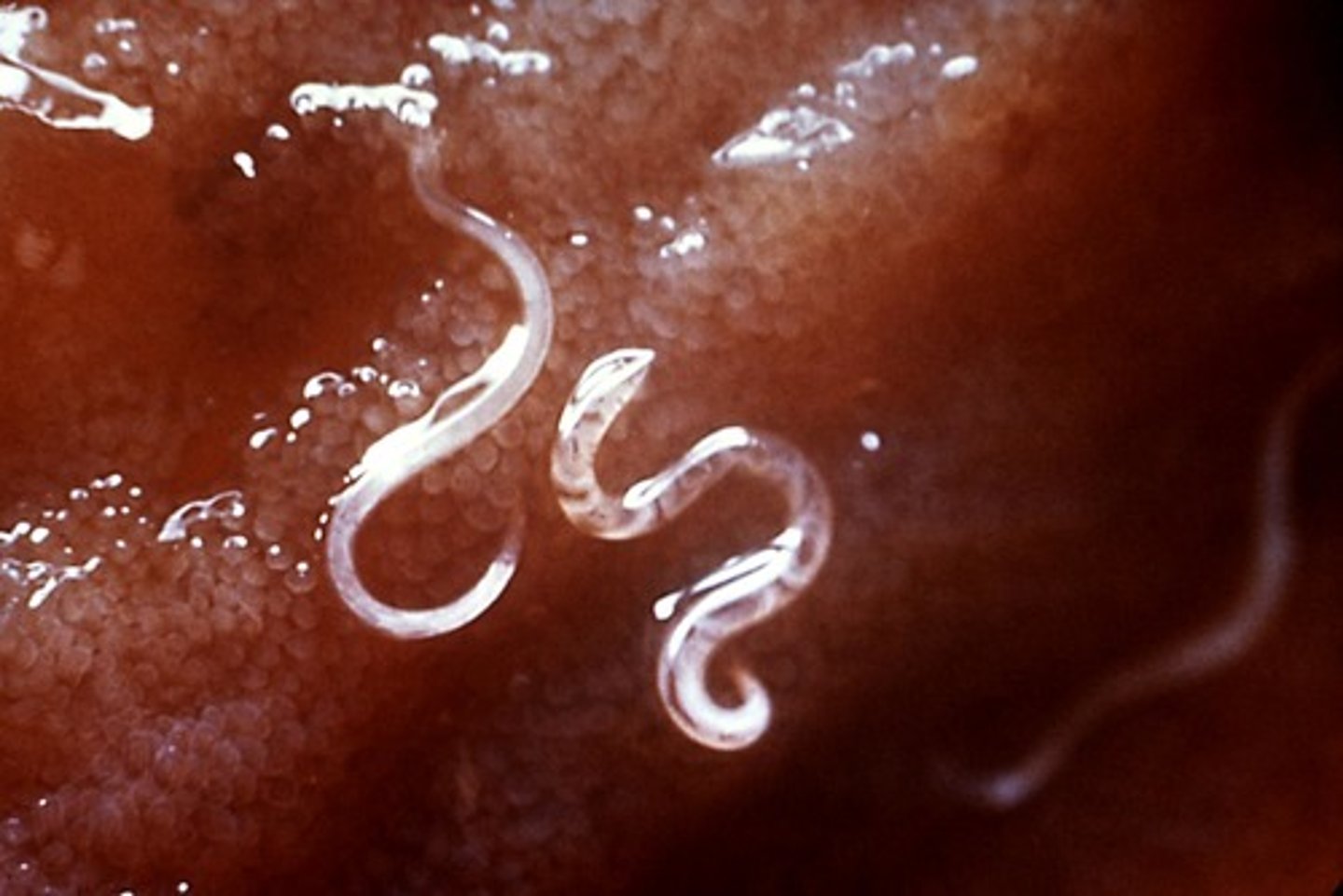
Holoparasites
nonphotosynthetic plants that function as heterotrophs
- lack chlorophyll and are nonphotosynthetic
----------------
FUNCTION:
- they use the host's phloem and xylem to supply carbon, water, nutrients
----------------
EXAMPLE:
- squawroot on the roots of oak
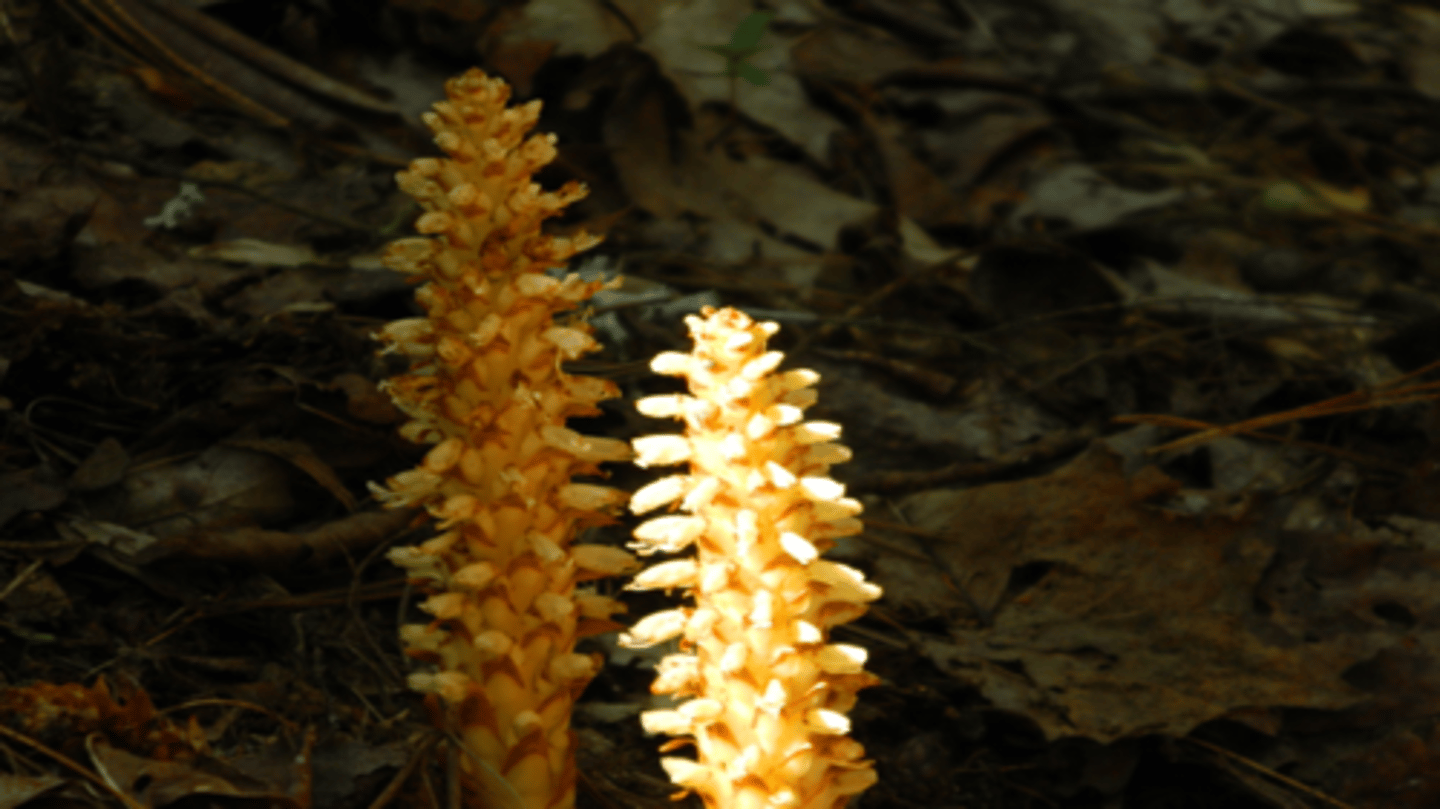
Hemiparasites
photosynthetic plants that obtain water and nutrients from host xylem
----------------
FEATURES:
- they contain chlorophyll when mature
----------------
EXAMPLE:
- mistletoe
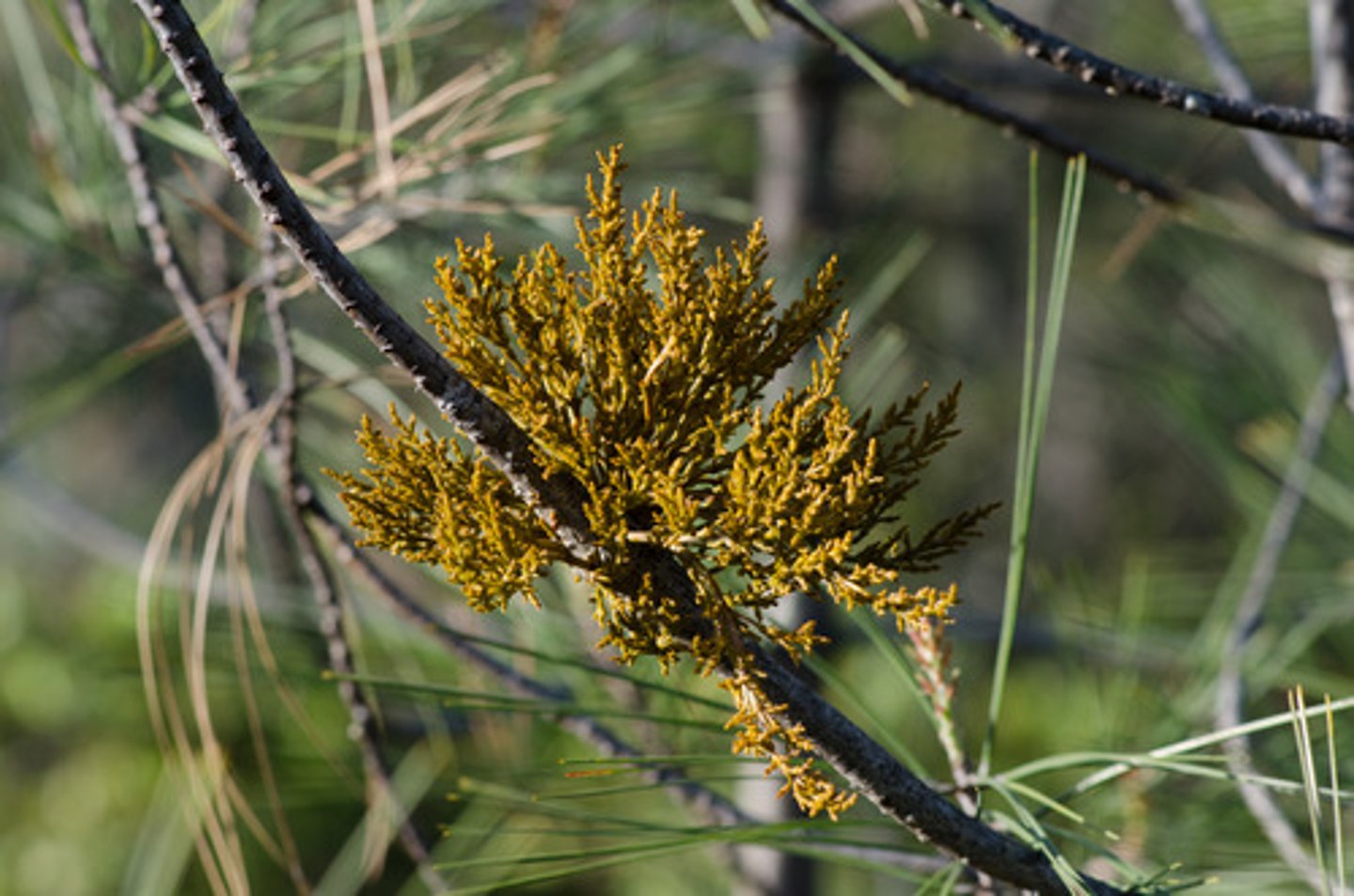
hosts are the habitats of parasites
and the diverse arrays of parasites that have evolved exploit conceivable habitat on and within their hosts
ectoparasites
parasites that live on the host's skin within the protective cover of feathers and hair
----------------
Ectoparasites of insects live on the legs, upper and lower body surfaces, the mouthparts
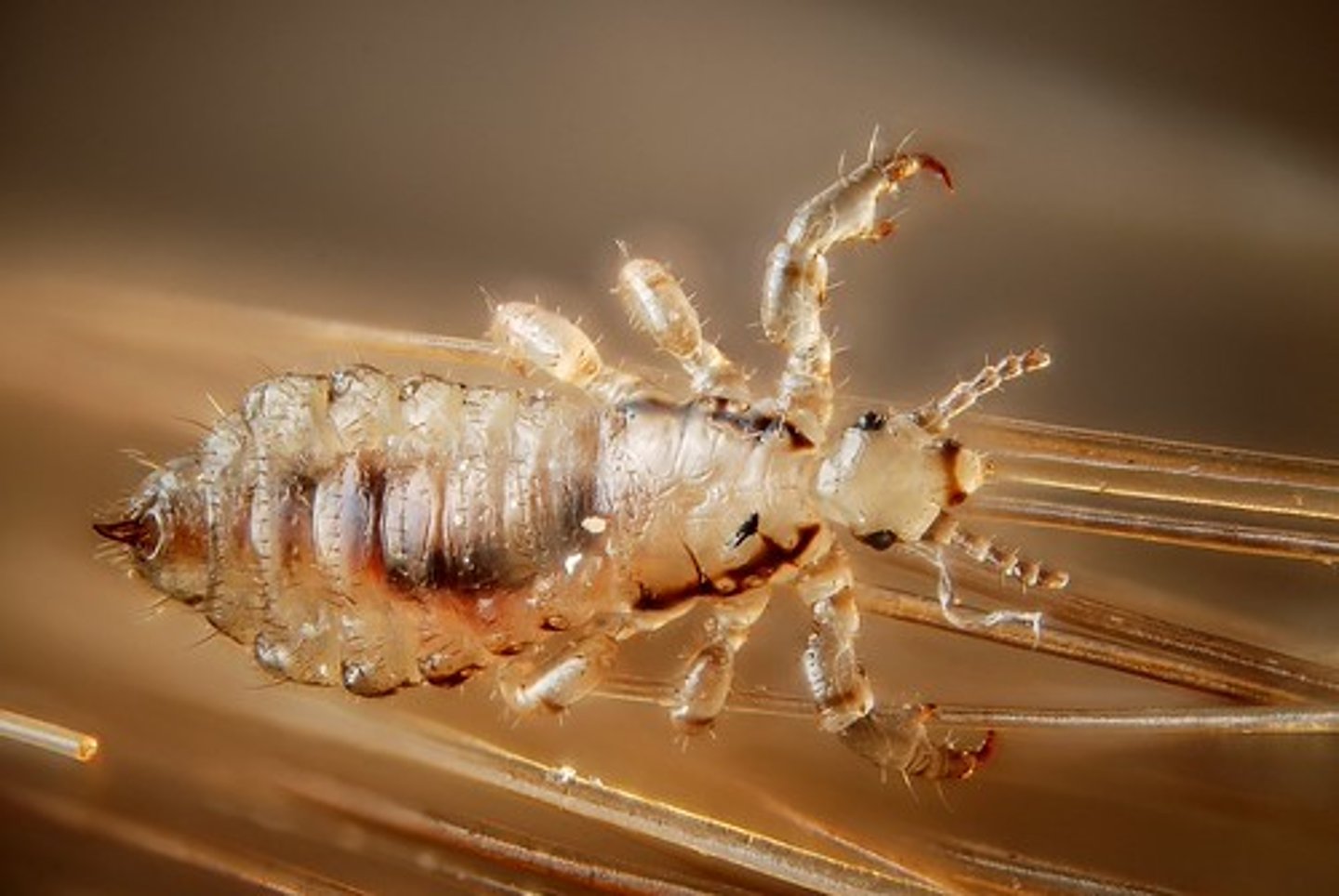
endoparasites
live within the host
----------------
FEATURES:
- some burrow beneath the skin
- some live in the bloodstream
- some live in organs, or within lining tissues, such as the nasal tract

Parasites enter and exit pathways
- mouth
- nasal passages
- skin
- rectum
- urogenital system
----------------
they can travel to their point of infection through the pulmonary, circulatory or digestive systems
host organism is like an island for parasites (ANALOGY)
Because the host serves as a habitat enabling their survival and reproduction, parasites must escape from one host and locate another, which is something that they cannot do at will
endo-macroparasites
can escape only during the larval stage of their development (infective stage) and must come in contact with the next host
process of transmission can occur
directly or indirectly
- can involve adaptations by parasites to virtually all aspects of feeding, social, and mating behaviors in host species
Direct transmission
a parasite is transferred from one host to another without the involvement of an intermediate organism
----------------
POSSIBLE WAYS OF TRANSMISSION
- can occur by direct contact with a carrier
- parasite can be dispersed from one host to another through air, water, or other substrate
microparasites are transmitted directly
- influenza virus (airborne)
- smallpox virus (direct contact)
- variety of bacterial and viral parasites associated with sexually transmitted diseases (STD's)
macroparasites can be transmitted
through direct transmission from infected to uninfected hosts
----------------
EXAMPLES: (internal parasite)
- roundworms live in the digestive tract of mammals

External macroparasites of birds and mammals are transmitted
by direct contact
----------------
EXAMPLES INCLUDE:
- lice, teas, fleas, botfly larvae, mites that cause mange
----------------
FEATURES OF THESE PARASITES:
- some lay their eggs directly on the host
- some many lay there eggs in the environemnt and after the eggs hatch they jump onto nearby hosts
Parasitic plants are transmitted
by direct transmission
----------------
EXAMPLE
- holoparasites
- squawroot: parasitizes the roots of oaks
- beechdrops: parasitized mostly the roots of beech trees
Parasitic seed plants
seeds of these plants are dispersed locally; upon germination, their roots extend through the soil and attach to the roots of the host plant
fungal parasites of plants
spread through root grafts
----------------
EXAMPLE:
- when the roots of one tree grow onto the roots of a neighboring tree and attach
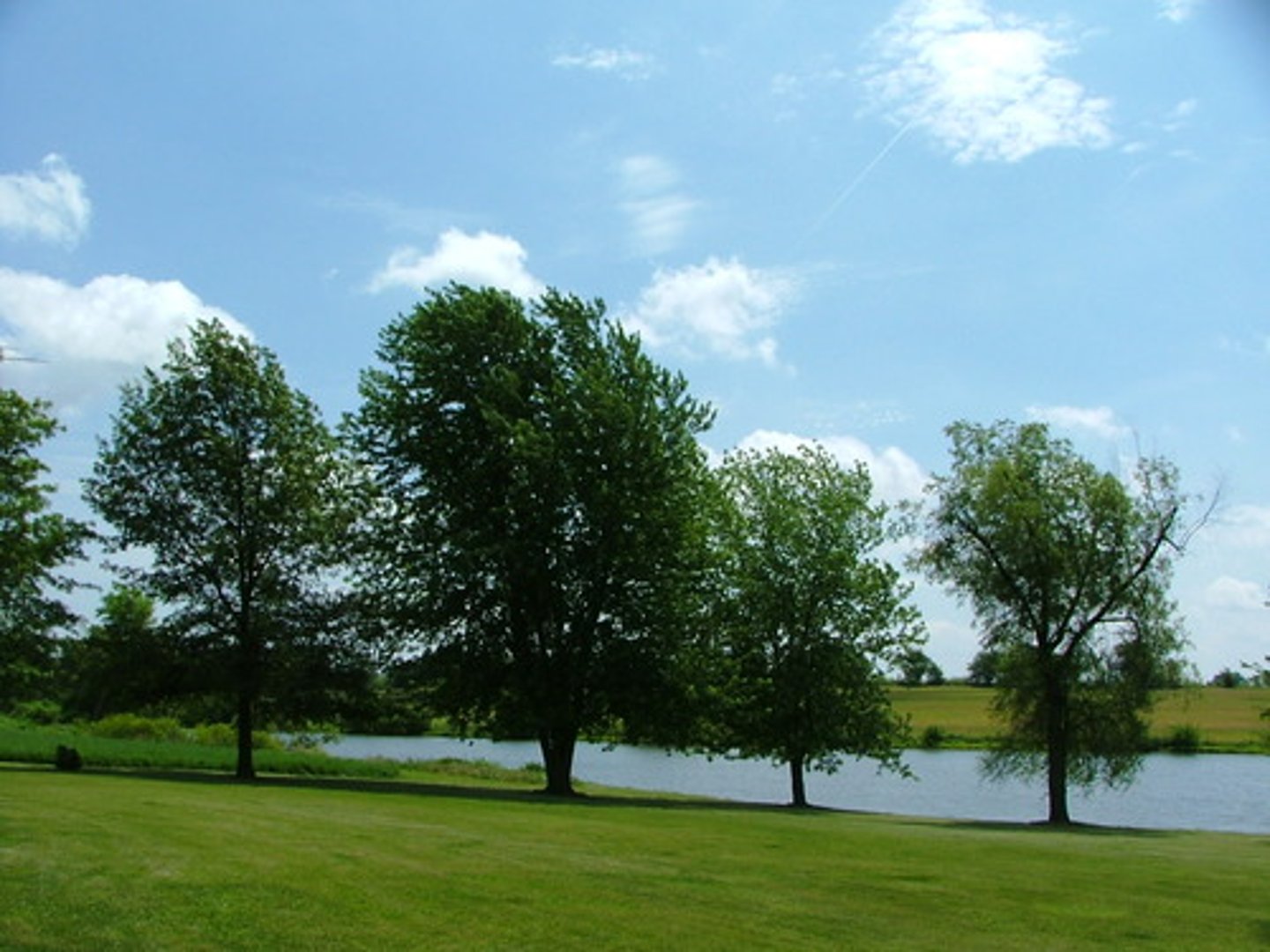
indirect transmission
transmission between hosts caused by an intermediate vector
- often an arthropod
----------------
EXAMPLE:
- Lyme disease
Lyme disease
major arthropod disease caused by a bacterial spirochete Borrelia Burgdorferi
----------------
FEATURES:
- lives in the bloodstream of vertebrates, from birds to mice to deer and humans
- is transmited through the vector called "black-legged tick"
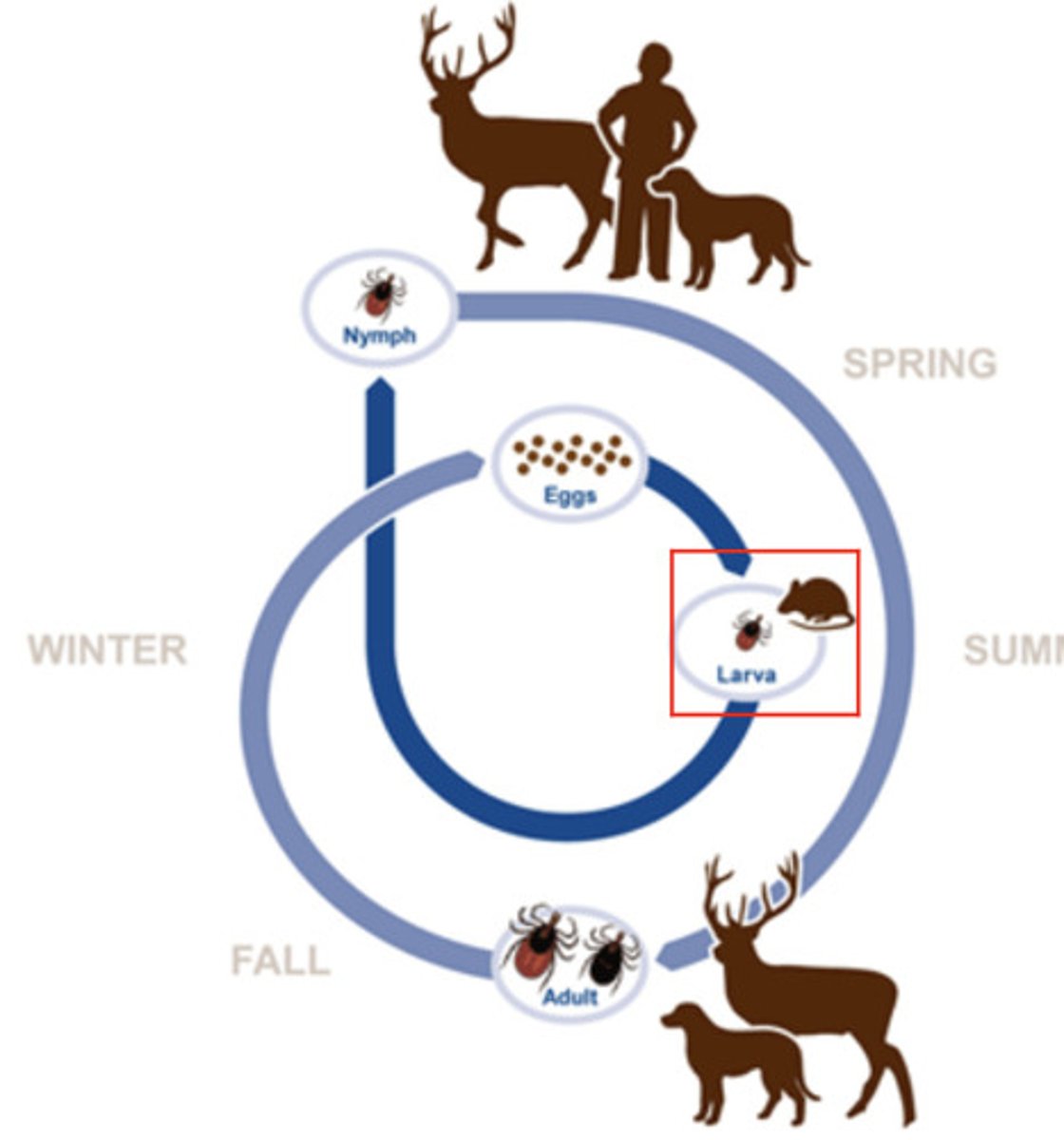
Malaria
disease caused by protist parasites
----------------
FEATURES:
- different species infect specific host animals (EX: in humans, there are four species of protists parasites that cause malaria)
- vector is an anopheles mosquito through bite of a female
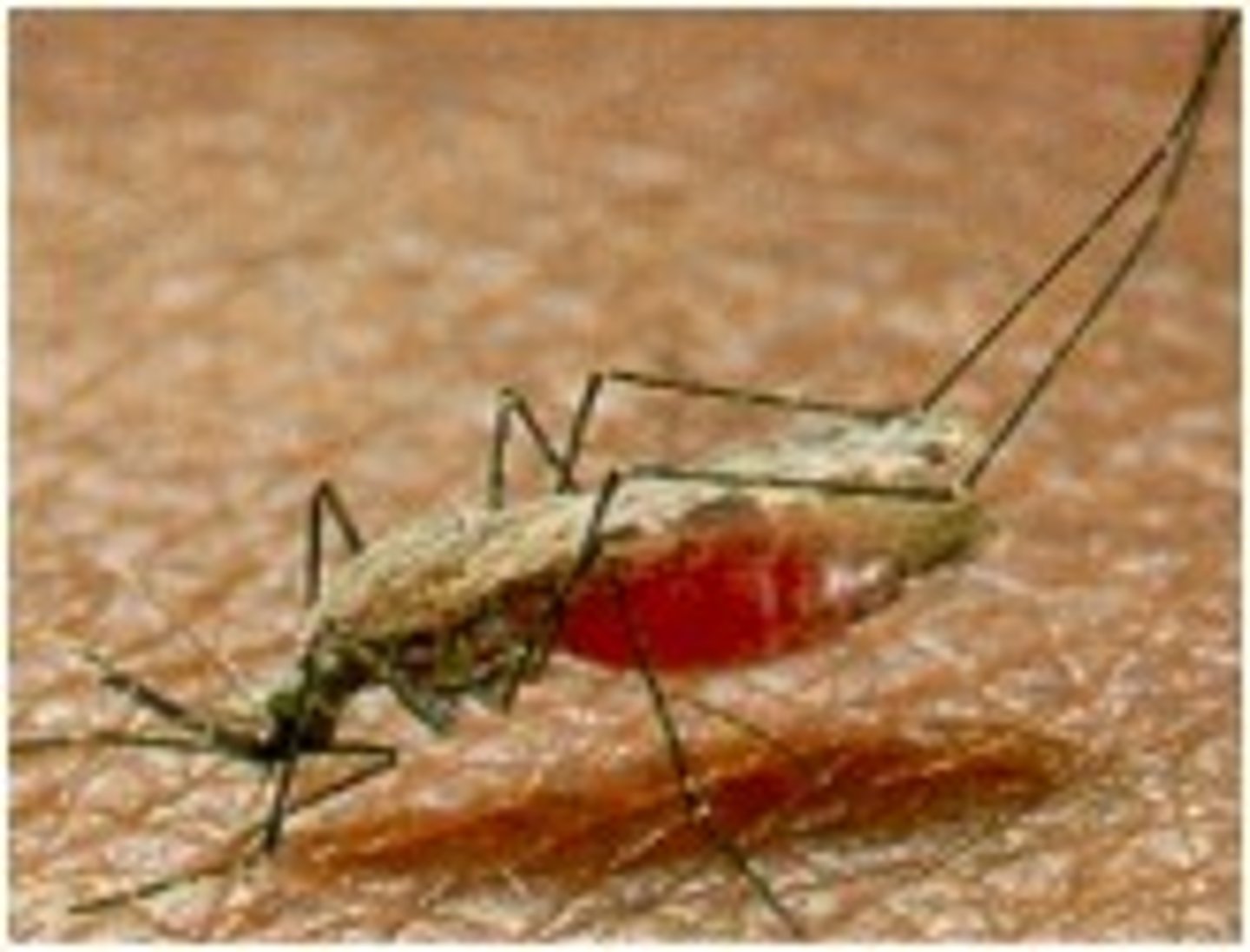
mosquitos
are known to transmite more than 50% of the about 102 arboviruses (a contraction of "arthropod-born viruses") that can produce disease in humans
----------------
INCLUDES
- dengue
- yellow fever
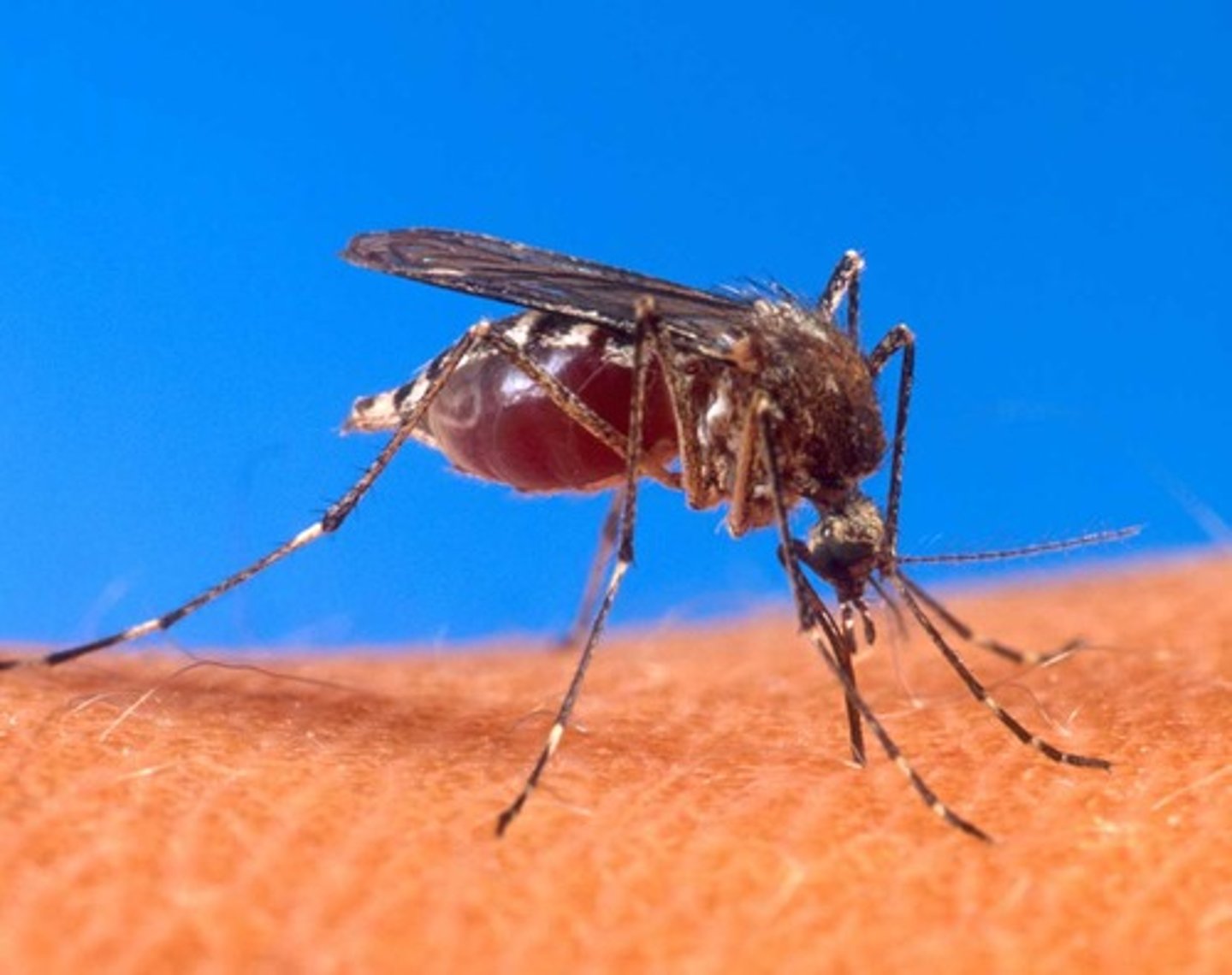
insect vectors
involved in the transmission of parasites among plants
----------------
EXAMPLE:
- dutch elm disease
Dutch elm disease
a fungal disease of elm trees that is spread by elm bark beetles
----------------
HOW IS IT CARRIED?
- spores of fungi ulmi are carried and are spread from tree to tree
mistletoe
plant parasite that draws water and nutrients from their host plant
----------------
VECTOR FOR MISTLETOE?
- birds are the vector, dispersing mistletoe seeds
Life cycle of an (parasite) organism
includes distinct stages
- juvenile (pre-reproductive)
- adult (reproductive. and postreproductive)
----------------
Some species of parasites cannot complete their entire life cycle in a single host species.
definitive host
host species in which the parasite becomes an adult and reaches maturity
intermediate host
hosts during a stage in the parasite life cycle
each stage can develop only
if the parasite can be transmited to the appropriate intermediate host
----------------
WHAT DOES THIS MEAN?
- dynamics of a parasite population are closely tied to the population dynamics, movement patterns, and interactions of the various host species
Meningeal worm
parasite that has a complex life cycle
----------------
REQUIREMENTS:
- requires indirect transmission and multiple hosts
----------------
HOSTS:
- definitive host = white-tailed deer
- intermediate host = snails and slugs in grass
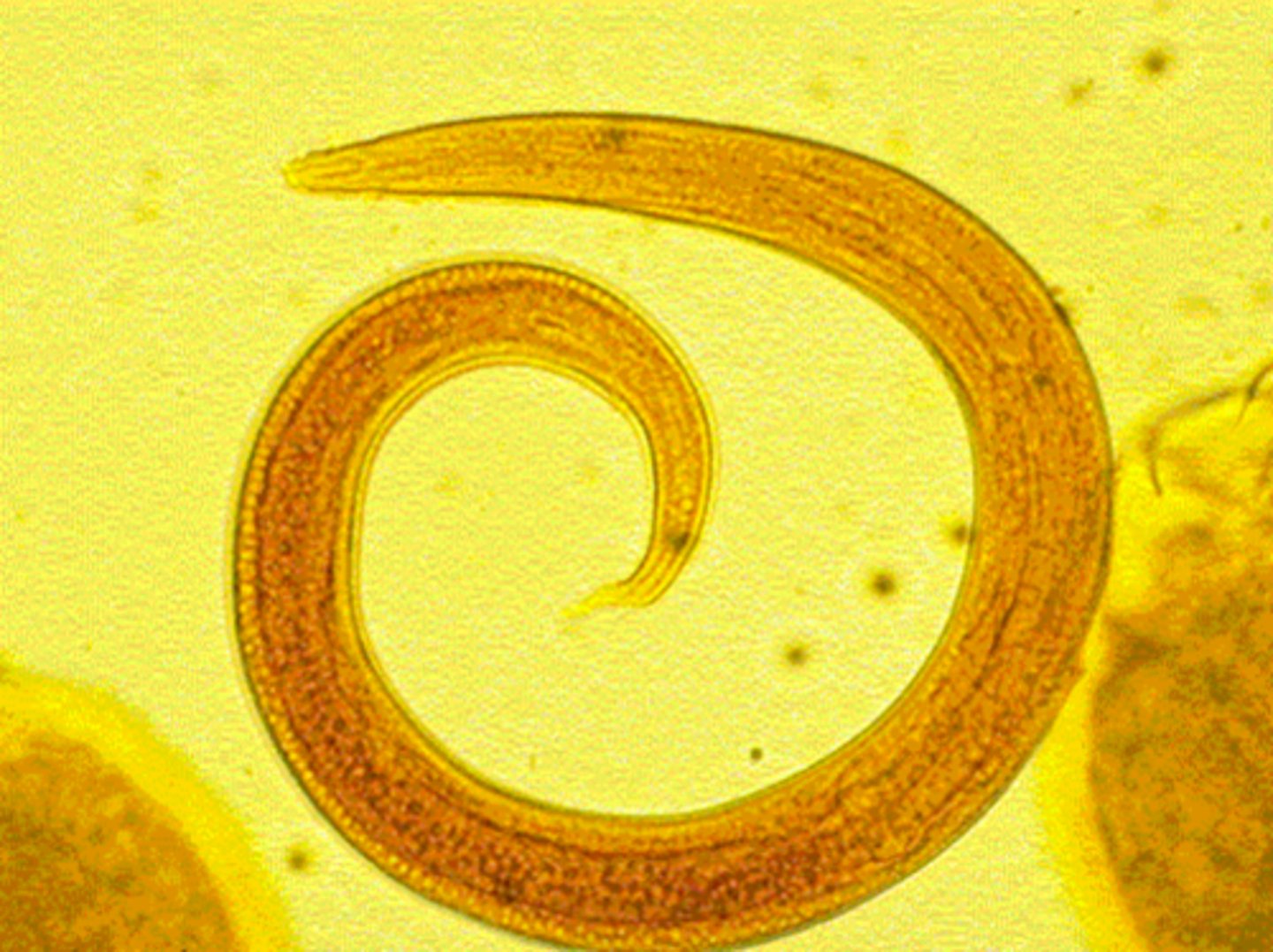
movement of meningeal worm
1) moves into of digestive system into the nervous system (spine)
2) will move towards the brain where it will mature
3) will move into the respiratory system then digestive tract (will move through many tissue types
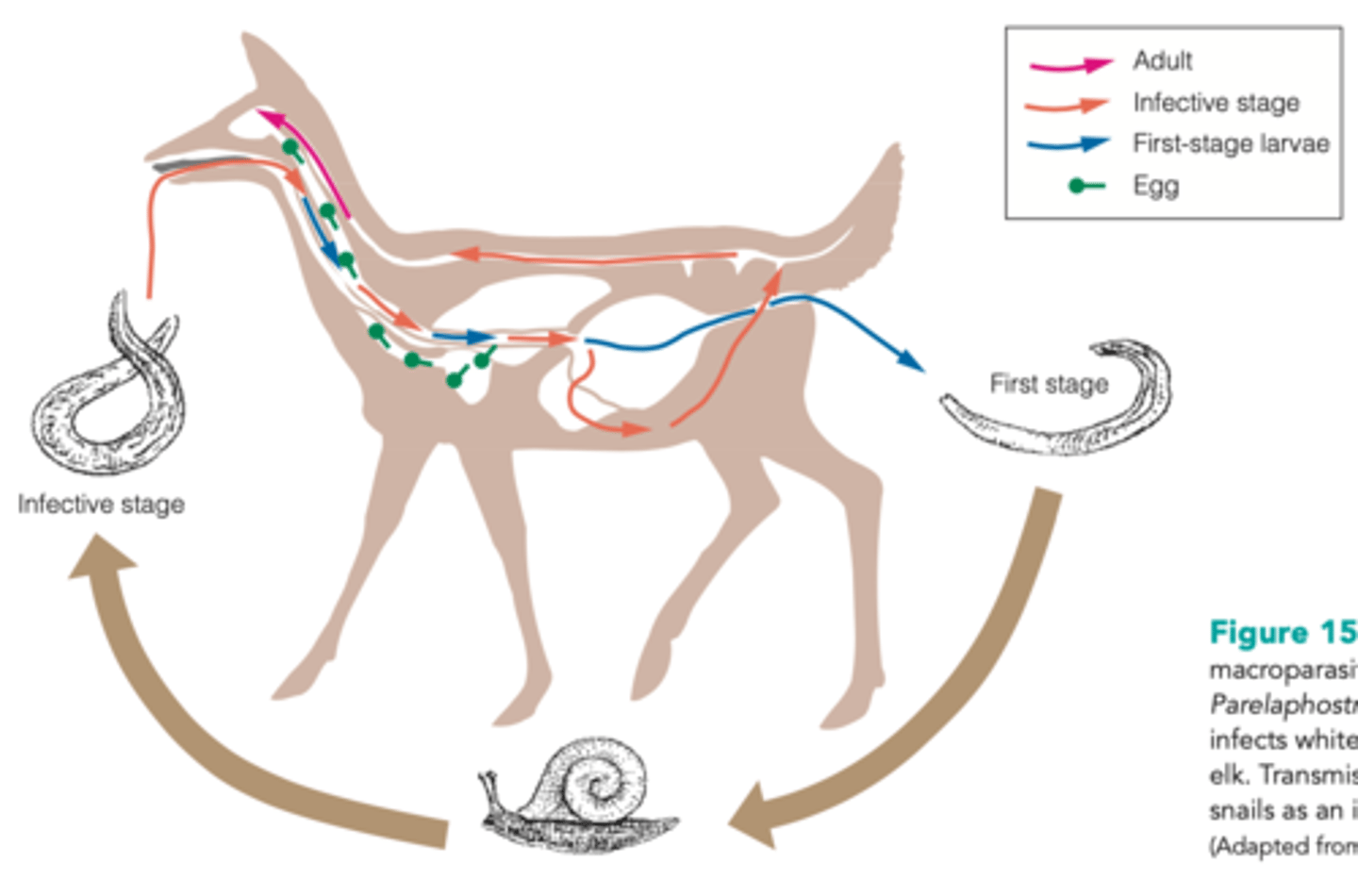
behavioral defenses
may help a host to avoid infection
----------------
EXAMPLE:
- grooming
- location
grooming (behavioral defence)
birds and mammals rid themselves of ectoparasites
- can remove both adult and juvenile parasites.
Location (behavioral defence)
mammels can move to an area with fewer parasites
----------------
EXAMPLE:
- deer use dense, shaded places to avoid deerfly vectors
Host defence on parasites
- Innate immune responce
- internal cysts
innate immune response
immune cells that respond to pathogen-associated molecular patterns on parasites
invertebrates (innate immune responce)
hemocytes aggregate around parasite, release cytotoxic molecules, and/or encapsulate parasite
vertebrates (innate immune response)
blood flow to the site increases, WBC and other cells to attack infection
- leads to the formation of a scab to reduce further entry
internal cysts
reaction can produce a hard cyst in the muscle or skin that encases the parasite
----------------
EXAMPLE:
- pigs form cysts around roundworms that infect their muscles
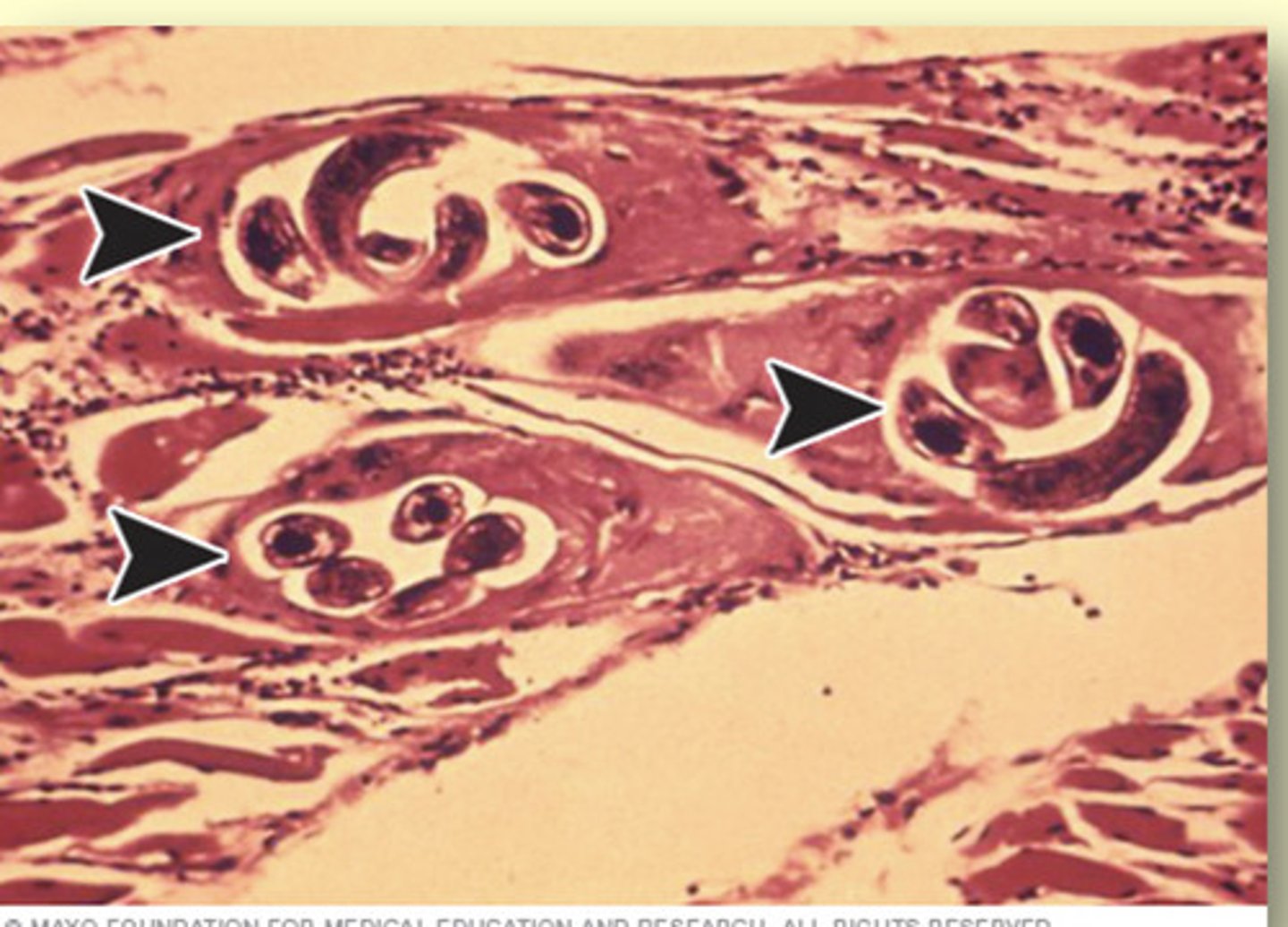
Immune responce
second line of defence for fighting a parasitic infection
- formation of an antigen
antigen
a foreign object such as a virus or bacteria enters the body via bloodstream, it elicits an immune response
Lymphocytes
WBC producd by lymph glands that produce antibodies
----------------
WHAT DO THESE ANTIBODIES DO?
- target specific chemicals on or released by the parasite that act as an antigen
- can affect the ability of the parasite to feed, spread, and reproduce, but do not have to kill it
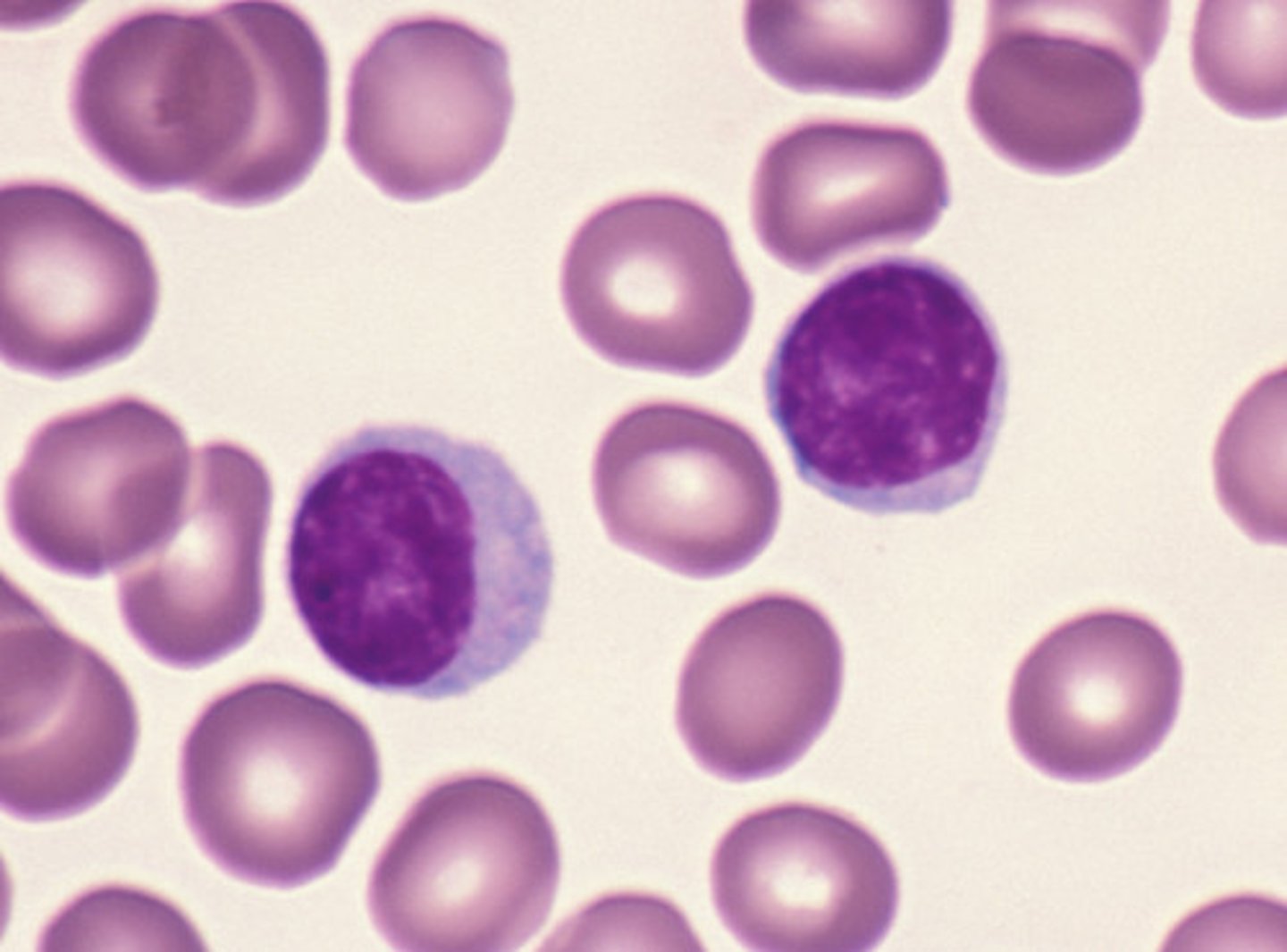
immune system is extremely
specific, and it has a remarkable "memory"
- it can remember antigens it has encountered in the past and react more quickly and vigorously to them in subsequent exposure
how can the immune response can be breached
- some parasites vary their antigens more or less continuously
- parasites can keep one jump ahead of the host's response
antibodies are made mostly of
protein
----------------
If the animal suffers from poor nutrition and its protein deficiency is severe, normal production of antibodies is inhibited
HIV (human immunodeficiency virus)
attacks immune system cells
- human host is susceptible to parasitic infections
Plant responses to parasites include
- cysts or scab formation in roots and fruits (formed in response to bacterial and fungal infections)
- insects attacks on leaves, stems, fruits, seeds by forming abnormal structures (galls) unique to the particular type of insect
isolates parasite
no contact with healthy tissue
formation of abnormal galls
may expose the insect larvae to predation
----------------
EXAMPLE:
- Downy woodpeckers excavate goldenrod ball galls containing insect larvae
mechanisms used by hosts to defend against parasites require
resources which can in turn, affect physiology, growth, and reproduction of host
individuals in a community of snakes
vary in their infection of intracellular protists
- infected snakes had reduced immune function and increased dehydration
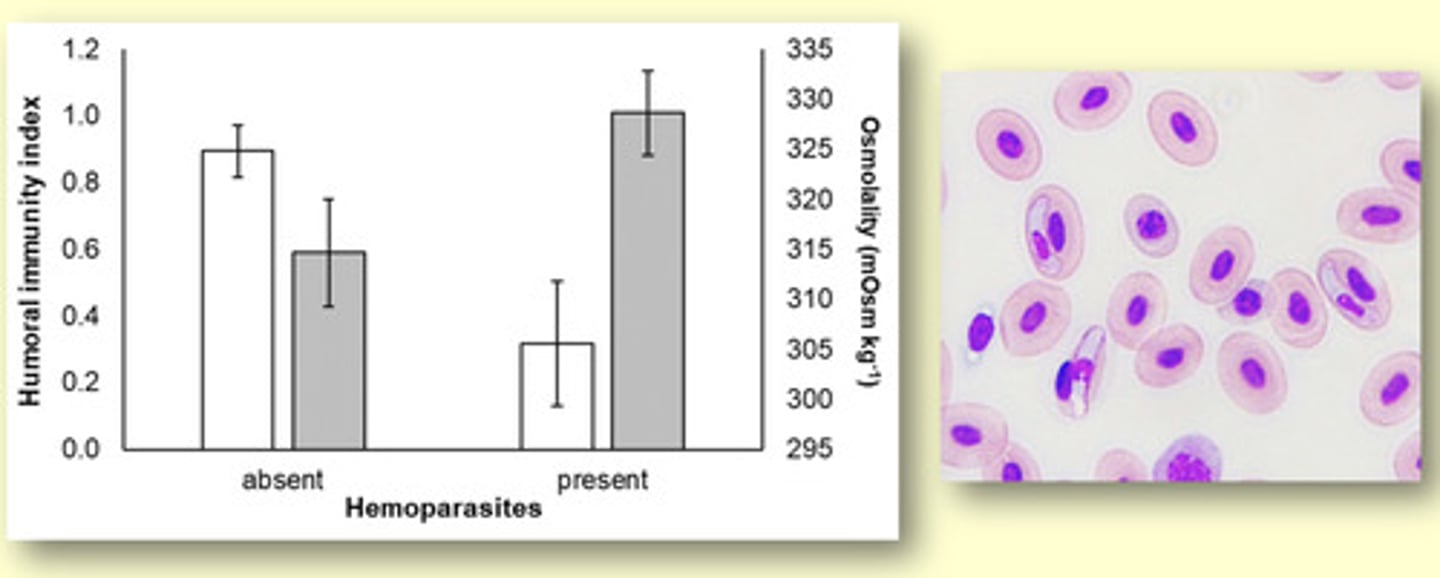
Western Fence Lizard
can be infected by malaria parasite
----------------
FEATURES:
- infected males have fewer courtship and territorial behaviors, altered coloration, and smaller testes
- infected females store less fat during summer so have less energy for egg production in spring
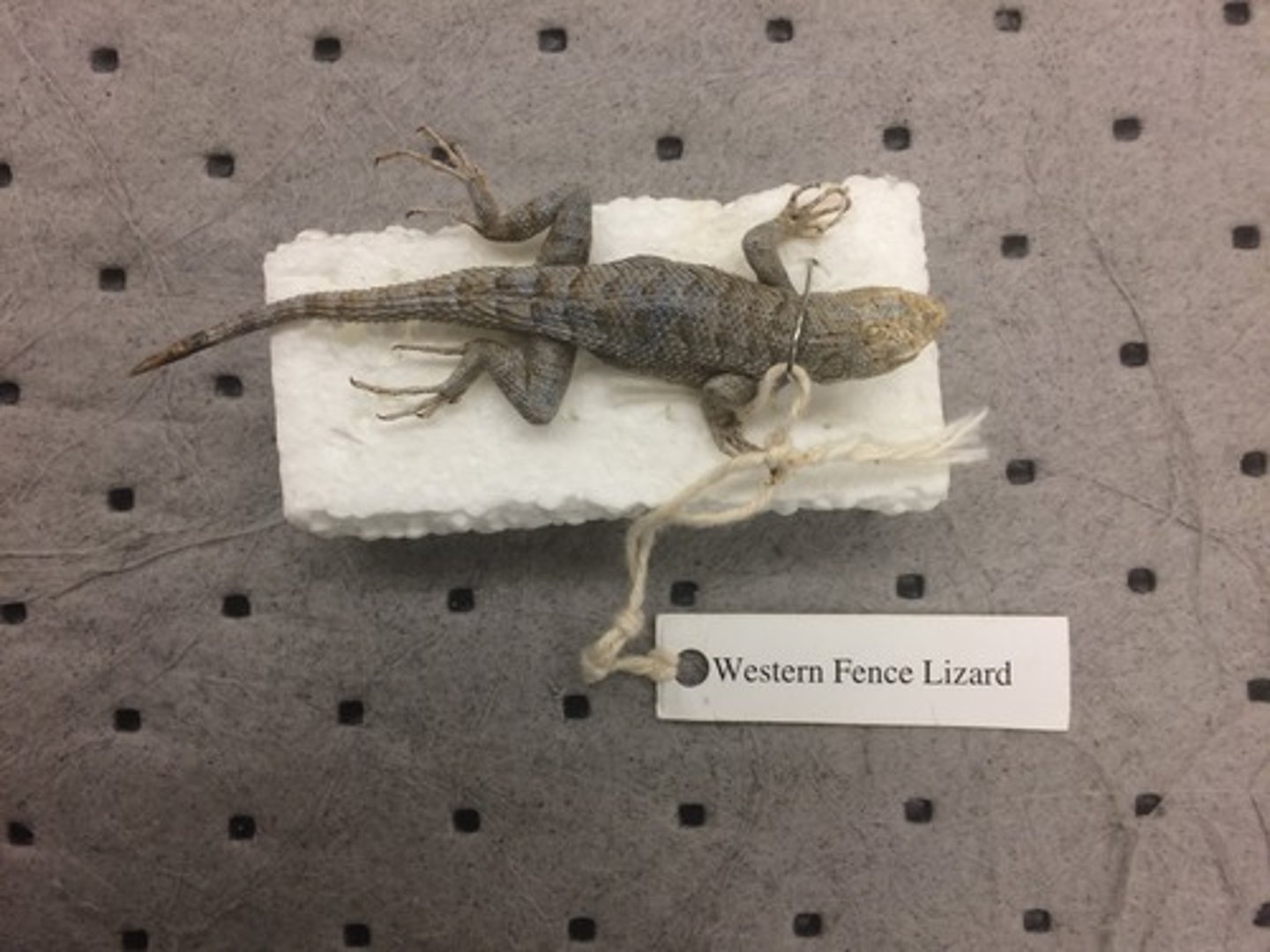
parasitic infection can reduce reproductive success
Can impact males by impacting their ability to attract mates
(which lowers their fitness)
----------------
HOW?
- coloration in secondary sexual characteristics may be affected resulting in female species choosing another mate
----------------
EXAMPLE:
- color of zebra finch beak depends on the level of carotenoid pigments derived from diet
(only male finches with few parasites and disease have enough pigment to make a red beak)
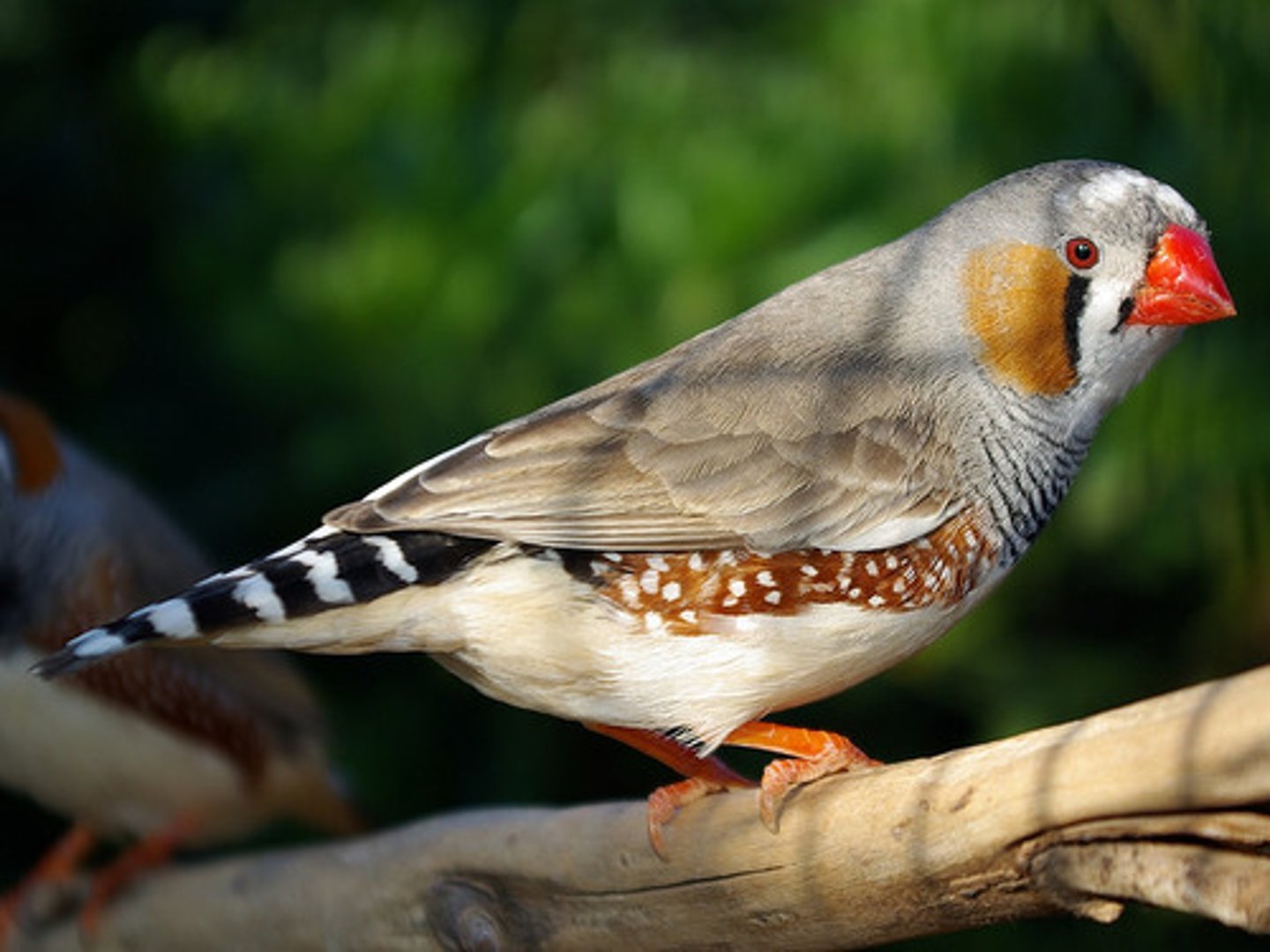
Parasites infection altering behavior of the host
can increase the susceptibility to predation
----------------
EXAMPLE:
- killifish (host) with a parasitic trematode infection display abnormal behaviors such as surfacing and jerking
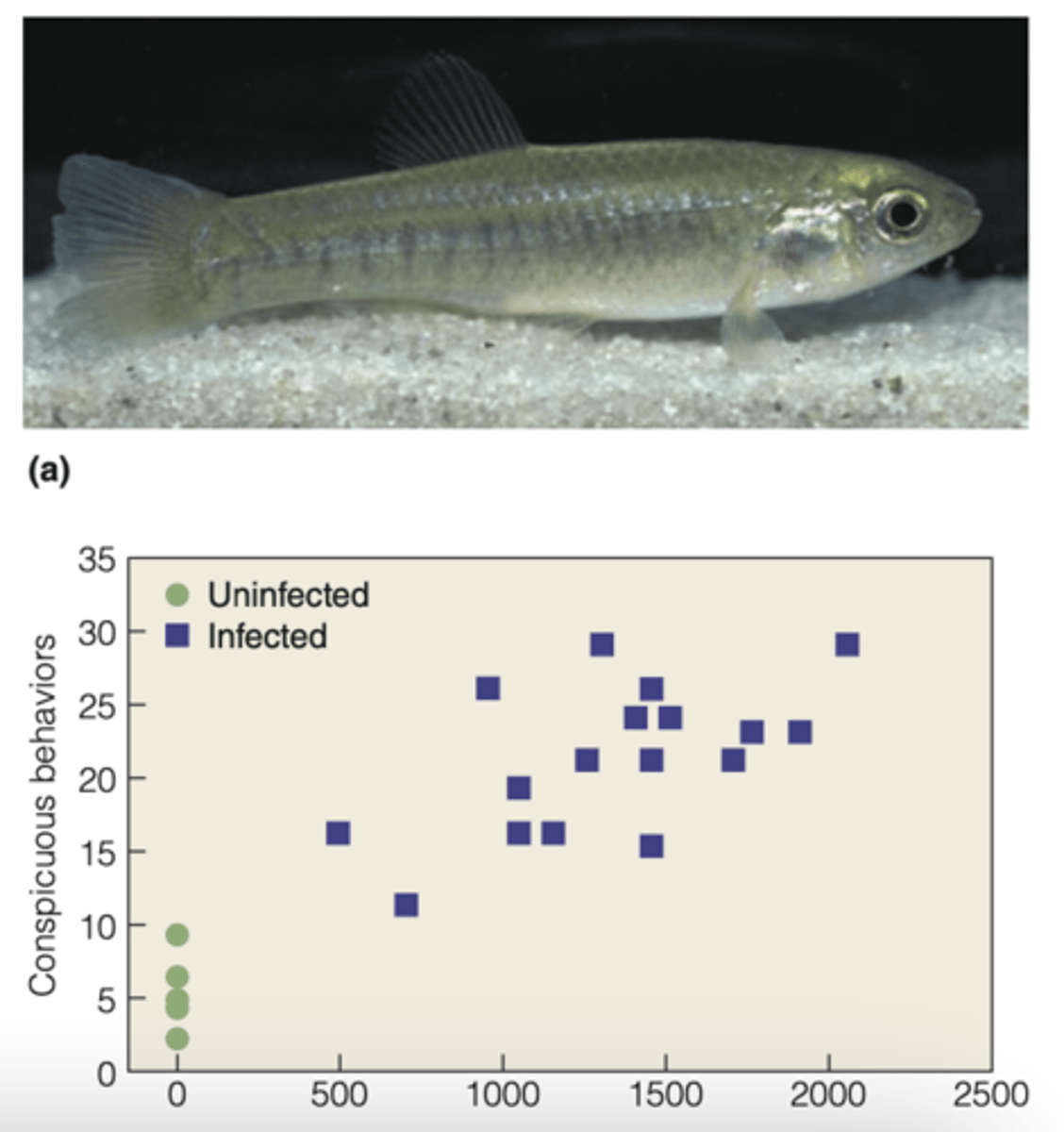
what might be a significance of behaviors of a killifish
- fish eating birds are the definitive hosts for the trematode parasite that infects killifish
How can parasites and a host coexist?
- A host needs to resist invasion by eliminating the parasites or minimizing their effects
- a parasite needs to have an effect that allows it to survive but does not kill the host
natural selection does not favor
peaceful coexistence between host and parasites
----------------
HOW DO THEY MAXIMIZE FITNESS:
- parasite should balance the trade-off between virulence and other componets of fitness such as transmissibility
virulence vs transmission success
- High virulence = parasites are often deadly
- low virulence = parasites may be benign and unable to transmit from host to host
vertical trasmission
the transmission of parasites from mother of offspring just before or just after birth
----------------
PARASITES WITH THIS MODE:
- are less virulent than those passed directly though adults
----------------
REQUIREMENTS:
- recipient host (offspring) must survive to reproduce to pass on the parasite
Parasites being density-dependent regulators
Density-dependent regulation of host populations typically occurs with directly transmitted endemic (native) parasites that are maintained in the population by a small reservoir of infected carrier individuals.
----------------
DISEASE AFFECT:
- outbreaks of these diseases appear to occur when the host population density is high
- tend to reduce host populations sharply
----------------
RESULT
- population of host and parasite would be similar as predator and prey cycles
----------------
EXAMPLE:
distemper in raccoons and rabies in fox (both viral parasites)
parasites functioning as a selective agent of mortality
parasites would infect only a subset of the population
----------------
EXAMPLE:
- distribution of macroparasites through indirect transmission will tend to have a high clumped distribution
----------------
EFFECTS:
- some individuals in the host population will carry a higher load of parasites than others do
- are more likely to have a reduced reproduction and increased morality as a result of the parasite
how is parasitism a symbiotic relationship
- parasite befits at the expence of the host
- hosts will evolve defences to reduce the parasite's negative effect
commensalism (parasite example)
situation in which adaptations have countered negative impacts
- relationship between two species in which one species benefits without significantly affecting the other
mutualism (parasite example)
parasitic relationship in which there is an apparent benefit to the host organism
- the relationship becomes beneficial to both the host and parasite
----------------
EXAMPLE:
- rats and tapeworm
rats and tapeworm (mutualism example)
rats infected with the intermediate stages of the tapeworm
----------------
OVERALL SUMMARY
- Tapeworms will grow large because tapeworm larva produce an analogue of vertebrate growth hormone
----------------
HOW DOES THIS BENEFIT THE RAT
- rat will develop thicker, and heavier shells that could be deemed an advantage
clear examples of evolution from parasites to mutualists involve
parasites that are transmitted vertically from mother to offspring
----------------
WHAT DOES THIS MEAN?
- its a theory that produces that vertically transmitted parasites are selected to increase the host survival and reproduction
----------------
WHY?
- maximization of host reproductive success benefits both the parasite and host.
Wolbachia bacteria (vertically transmitted parasites theory)
DEFINITION
- common group of bacteria that infect the reproductive tissues of arthropods
----------------
FEATURES:
- they can infect the reproductive tissues of 40% of insects
- effects can bee seen in wasps (nasonia)
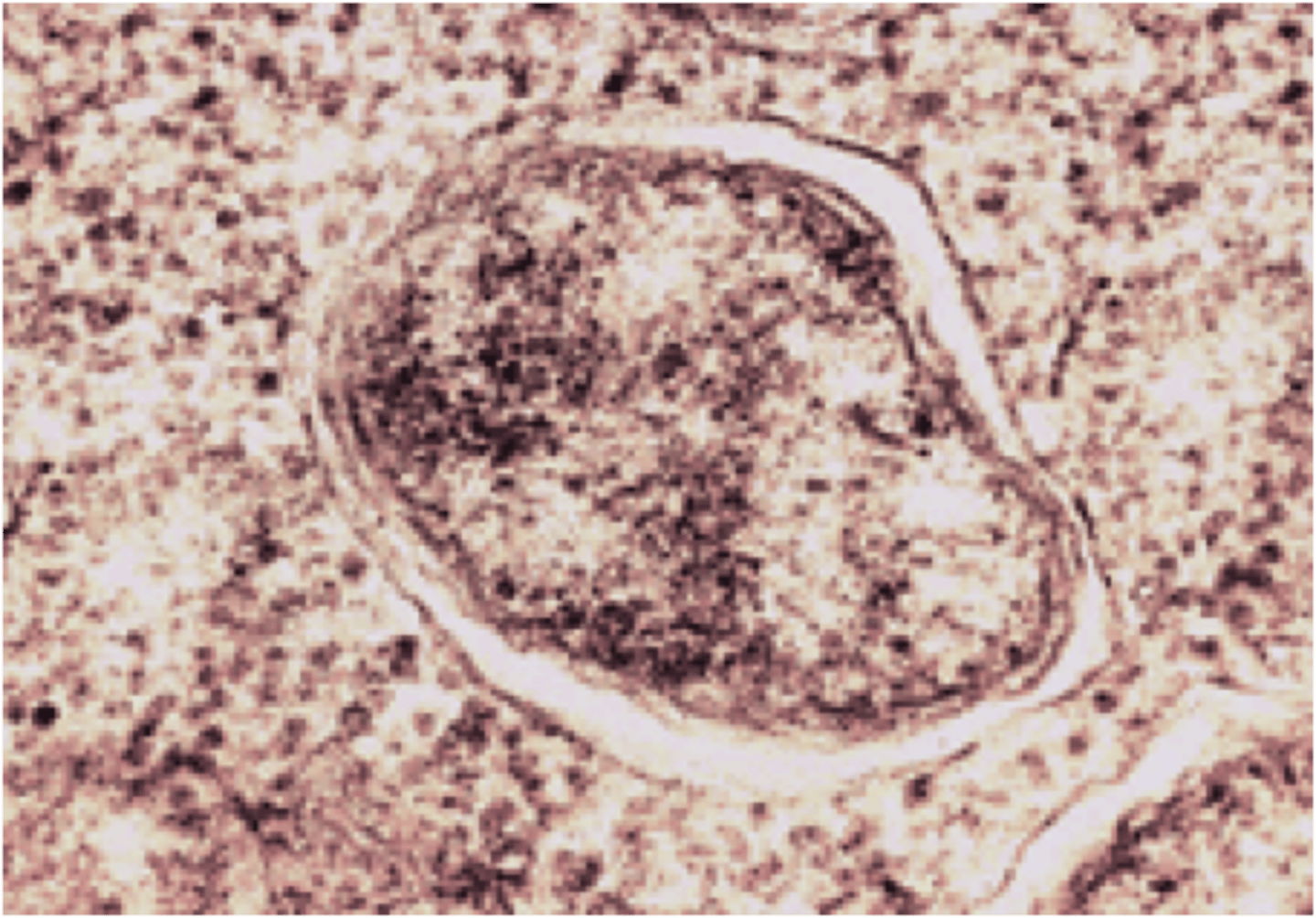
nasonia wasps (vertically transmitted parasites theory)
infection increases host fitness and that infected females produce more offspring than uninfected females
----------------
similar increase in fitness has been seen in fruit flies
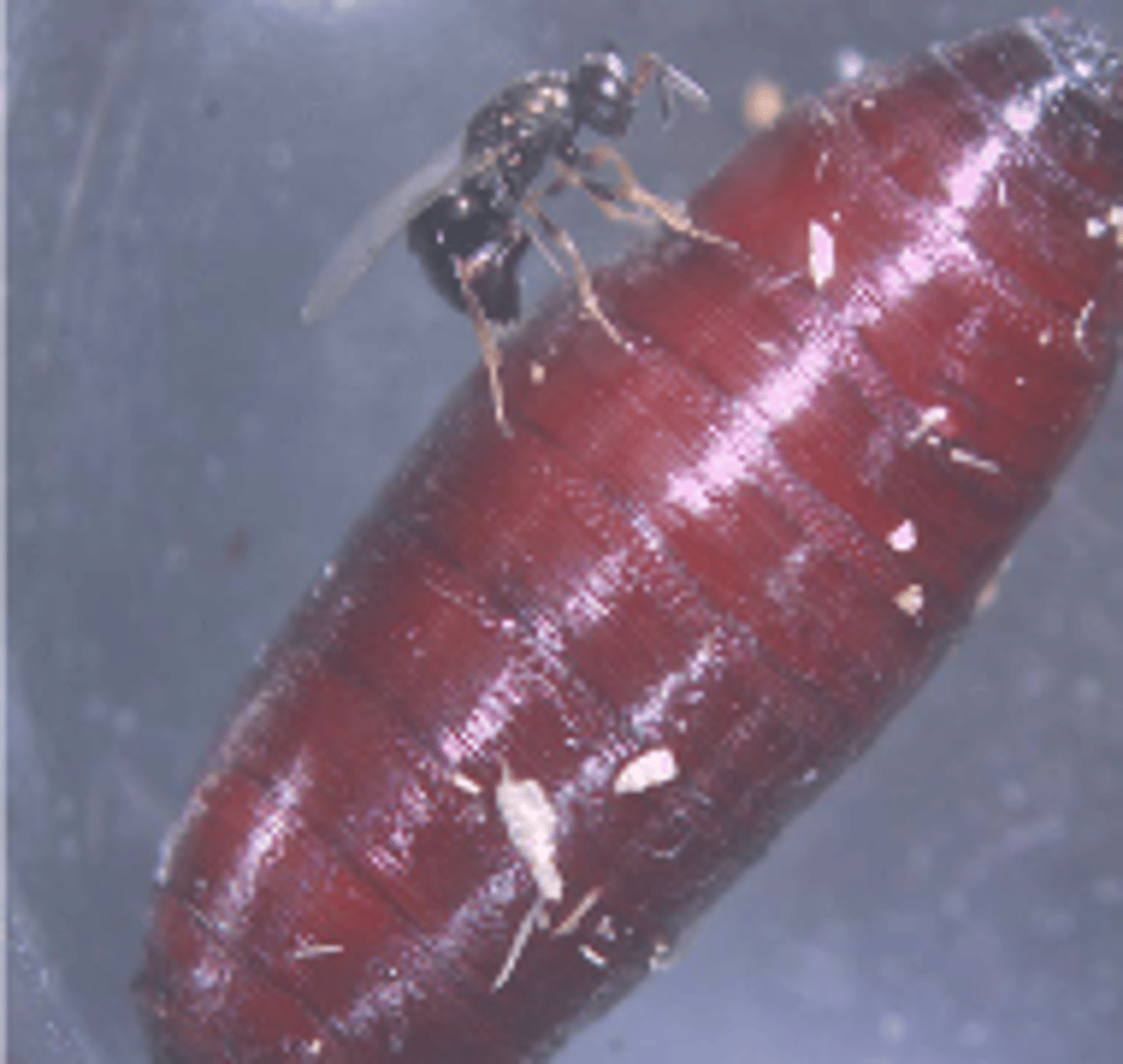
mutualist relationships
may be more reciprical exploitation than cooperation
----------------
BENEFITS:
- interaction for one or both species may depend on the environment
----------------
EXAMPLE:
- trees and their mycorrhizal fungi
Trees and their mycorrhizal fungi (Mutualistic relationship example)
the trees benefit in nutrient-poor soils (fungus is a mutualist) but incur a cost in nutrient-rich soils (fungus appears to be more parasitic)